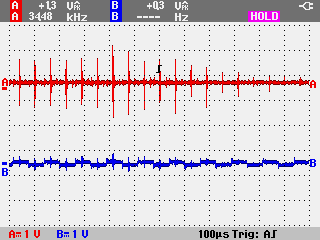- Joined
- Mar 26, 2018
- Messages
- 2,724
Tip #14: Schematics and Spare Parts in your enclosure
When you are done building, place a bag with all the things you will need to troubleshoot or repair your electrical panel. This should include a couple of spare terminal blocks, terminal screwdriver, fuses, jumpers, spare lights, replaceable relays, etc. You might also want to print out your schematics and place them in a large plastic bag as well. This will be a life saver when you need to fix something far in the future.
AutoCAD Electrical is available for free 3-year educational licenses from Autodesk. Bit of a learning curve but a very powerful and capable program.
When you are done building, place a bag with all the things you will need to troubleshoot or repair your electrical panel. This should include a couple of spare terminal blocks, terminal screwdriver, fuses, jumpers, spare lights, replaceable relays, etc. You might also want to print out your schematics and place them in a large plastic bag as well. This will be a life saver when you need to fix something far in the future.
AutoCAD Electrical is available for free 3-year educational licenses from Autodesk. Bit of a learning curve but a very powerful and capable program.



